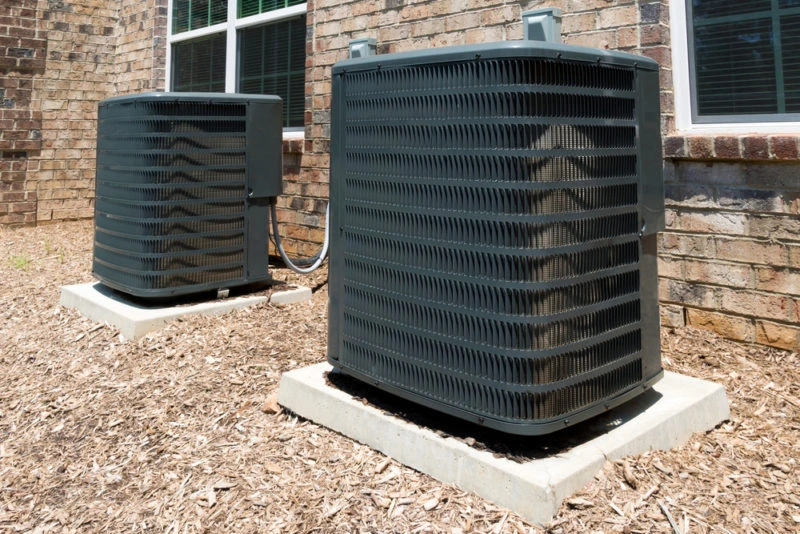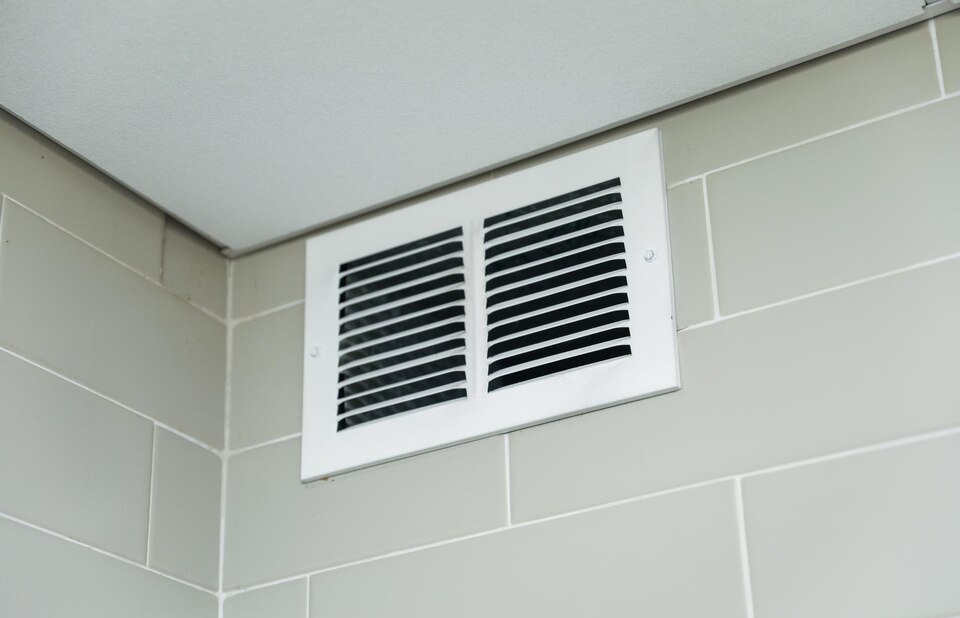Blog
Introduction
If you’re looking to keep your Trinity, Texas, home comfortable year-round and save energy, consider load-testing your home. Keep reading to learn how a proper load calculation can improve your HVAC system’s efficiency and your home’s overall comfort.
What Is A Residential Load Test?
A residential load test and Manual J load calculation is used to determine the proper HVAC system size to maintain your preferred indoor temperature. A typical load test will measure all areas of your home including square footage, windows and doors, ceiling height, and insulation R-values. You may also need a blower door test to accurately determine your home’s air infiltration. These measurements combine to calculate how large your HVAC needs to be to efficiently heat and cool your home.
How Does It Affect My HVAC System Efficiency?
The load calculation results may suggest that your current system is too large for your home. This means that your current HVAC system uses more energy than necessary to cool or heat your home every time it turns on. If your current system is deemed too small, then it also uses more energy by working harder than necessary to keep your home at your desired temperature. The right-size system for your home will work as it is designed, using the proper amount of energy to efficiently heat and cool your home.
What Are The Benefits Of A Load Test?
One of the greatest benefits of a load test is improving your HVAC system’s energy efficiency. An efficient system will help you save on energy costs and last longer, which further saves you money in the long run. Another benefit of a load test is knowing how to improve your home’s comfort. With a properly sized HVAC system, your home will easily stay at a comfortable temperature year-round.
Improve your home’s comfort and potentially save on energy bills with the proper-size HVAC system. Call McWilliams Heating, Cooling and Plumbing today at (877) 936-1974 for an HVAC system consultation.
Image provided by Shutterstock
Share This :
Emily
Table of Contents
Discover New Blog Posts
Airflow plays a key role in how well your home’s AC system performs, especially during the warmer months in Nacogdoches. If your system is working […]
When the temperature in Cinco Ranch heads into the 90s and your AC starts blowing hot air instead of cool, it becomes more than just […]
A ductless mini-split system is a convenient and energy-efficient way to cool your home in Splendora, especially during the warmer months. But when water starts […]








